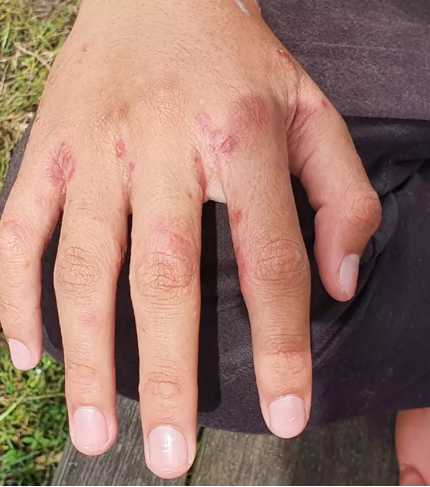Do you have an eye for detail? This picture puzzle challenges you to examine a seemingly ordinary street scene and uncover a subtle mistake. At first glance, everything appears to be in order—a street with a traffic sign, a few vehicles, and some pedestrians. But something here doesn’t quite add up. Can you find the error hiding in plain sight?
Why We Love Spot the Difference Puzzles

Spot the difference puzzles are perfect for sharpening your attention to detail. They train your mind to look beyond the obvious and spot inconsistencies that others might overlook. These puzzles can be deceptively tricky, as the smallest details often contain the clues. Sometimes it’s the slight misalignments or tiny anomalies that throw us off, making these challenges both fun and mentally stimulating.
In this puzzle, many people might initially miss the error because they assume the scene is logical and coherent. But like many visual puzzles, the secret lies in the details. Let’s break down the image and uncover what’s hiding within this everyday street scene.
Common Mistakes People Make with Visual Puzzles
Before we dive into the solution, let’s look at a few common pitfalls people encounter with visual puzzles:
- Focusing Only on the Main Elements: Most people tend to concentrate on the vehicles or pedestrians, rather than scanning the entire scene for subtle clues.
- Overlooking the Background Details: Sometimes, the most significant details are in the background. Road signs, lane markings, and smaller features often hold the key.
- Making Logical Assumptions: Our brains like to fill in the gaps based on what we expect to see. For example, if there’s a turn sign, we instinctively assume there’s a road to turn onto. In puzzles, these assumptions can lead us astray.
With these insights in mind, let’s examine the picture more closely and work through the puzzle step-by-step.
Step-by-Step Guide to Solving the Puzzle
Step 1: Examine the Road Markings and Signs
First, take a close look at the road markings. The street has three lanes, each with arrows indicating the permitted directions: one for turning left, one for going straight, and one for turning right. The rightmost lane has an arrow pointing to the right, suggesting that it’s for vehicles intending to make a right turn.
Now, look carefully at the area where the right-turn arrow is pointing. Is there an actual road or a lane for cars to turn into?
Step 2: Analyze the Traffic Sign
Above the lanes, you’ll see a traffic sign indicating directions for each lane. The sign suggests that the right lane allows vehicles to turn right. However, if you follow the direction of this arrow, you’ll notice something unusual. The arrow leads directly to a curb and greenery—there’s no actual road to the right.
This discrepancy is crucial because it indicates that the right-turn lane leads to nowhere.
Step 3: Look for Contradictions
To confirm your findings, compare the road layout with the traffic sign. The left and center lanes appear consistent with the road markings, but the right-turn lane is misleading. While the sign suggests that a vehicle could turn right, the actual layout of the road shows no path or lane for this turn.
Step 4: Identify the Mistake

The error here is the misleading right-turn sign. There’s no road or lane to the right, making the right-turn arrow completely pointless. This inconsistency creates confusion, as a driver following the sign’s instructions would have nowhere to go.
Explanation of the Solution
The solution to this puzzle is that the sign indicates a right turn where no right-turn lane exists. The sign suggests that vehicles in the far-right lane can make a turn, but in reality, they’d only encounter a curb. This small but significant detail is the hidden mistake within the scene. Visual puzzles like this one often incorporate these subtle tricks, testing your observation skills and challenging you to question what you see.
Why This Puzzle is a Great Brain Workout
Puzzles like this aren’t just for fun—they’re an excellent way to improve your attention to detail, critical thinking, and even your problem-solving abilities. By analyzing the elements of a scene, you train your mind to detect patterns, inconsistencies, and anomalies that you might otherwise miss. Each time you solve one of these challenges, you’re strengthening your ability to observe and question the world around you.
Conclusion: Embrace the Fun of Finding What Others Miss
Did you manage to spot the mistake right away, or did it take a second look? Either way, puzzles like these offer a fun and engaging way to practice your observation skills. Remember, the joy of these challenges is in the process of discovery and learning to see the world from a new perspective.
So next time you come across a visual puzzle, take a deep breath, look closely, and enjoy the hunt for the hidden details. And don’t forget to share this puzzle with friends and family—it’s a fun way to challenge their minds, too. Who knows? You might spark some friendly competition as everyone tries to spot what’s wrong with the picture. Happy puzzling!


